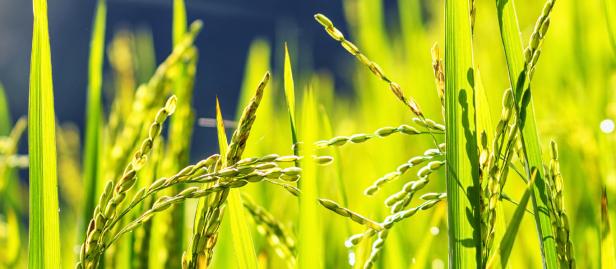Dioxin contamination in Viet Nam: Emissions from industries and levels in the environment
Dioxin contamination in Viet Nam: Emissions from industries and levels in the environment
April 13, 2015
Dioxins are products of fire and the most toxic compounds of all toxic chemicals discovered and produced by human beings.
Over the past decades, dioxins and their impacts on the environment and human are always the topic attracting attention and research of scientists, especially those from developed. Every year, in the summer, the International Symposium on Halogenated Persistent Organic Pollutants is organized with the participation of approximately 1,000 delegates from many countries. The Madrid 34th International Symposium on Halogenated Persistent Organic Pollutants was held in Spain in September, 2014 and the 35th International Symposium on Halogenated Persistent Organic Pollutants will be organized in Brazil in August 2015.
As the consequences of the herbicides used by the US during the Vietnam War from 1961 to 1972, Vietnam has become the focal point for those who are interested in dioxin problems. At least 366 kg of dioxins (Stellman, Nature 2004) from herbicides, mostly from Agent Orange, was sprayed in the South of Vietnam.
With participation of some organizations and individuals from the USA, Japan and Canada, etc. there have been a number of researches on dioxins and their impacts on humans and the environment in Vietnam. Although it has been made clear to some items of concern, there remain a lot of questions on dioxin issues due to the complexity of dioxins and the research conditions in Vietnam.
Researches on dioxins from herbicides not only help us to overcome the consequences but also create fundamental basis to study, control and minimize the impacts by dioxins from other sources.
For some of the above reasons, the report on “Dioxin Contamination in Vietnam: Emissions from Industries and Levels in the Environment” has been compiled by Office of National Steering Committee 33/Project “Environmental Remediation of Dioxin Contaminated Hotspots in Vietnam”. Basic information about dioxin properties; dioxin emissions from wastes and waste treatment, paper industry, cement, metallurgy and brick production, etc. and dioxin residues in the soil, water and air environments in some regions in Vietnam; and dioxins in heavily contaminated areas have been mentioned in the report.
However, due to restricted technical conditions and cost for additional researches, a comprehensive research program on dioxin contamination in the environment and dioxin impact on the human in Vietnam has yet been carried out. It is also because of this that there has yet been a controlling and exposure prevention system for dioxins and dioxin related compounds from herbicides or other sources. Nevertheless, this report provides scientists, environmental management staffffff and other stakeholders a general picture on dioxins and dioxin contamination in Vietnam. Then, a glimpse of things required to be done in the coming time will be visualized.

 Locations
Locations





